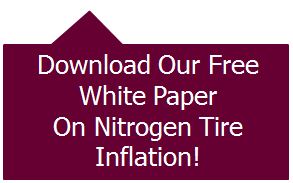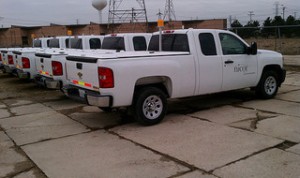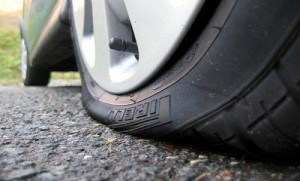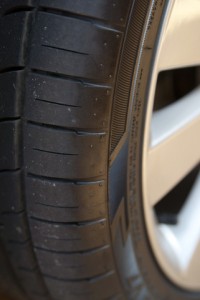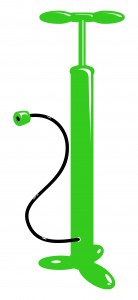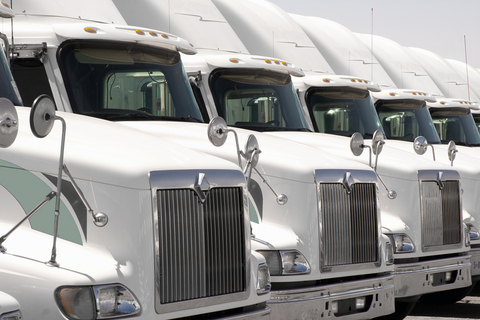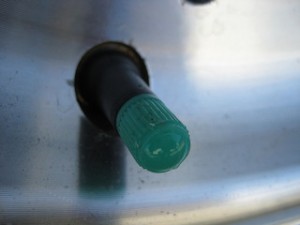 This is the most common question we get in the nitrogen tire industry, and what we’ve seen in many online forums and websites is that many people answer this question by saying you cannot put regular air into tires that have nitrogen.
This is the most common question we get in the nitrogen tire industry, and what we’ve seen in many online forums and websites is that many people answer this question by saying you cannot put regular air into tires that have nitrogen.
This is not true.
It is FALSE that air cannot be used to top off a tire filled with nitrogen. It is simply not true that air and nitrogen cannot coexist inside a tire. There is no harm in topping off a nitrogen-filled tire with regular air.
Air Doesn’t Take Away All the Benefits of Nitrogen Tire Inflation
The main reason why people say air and nitrogen can’t be mixed is that air negates all of the benefits of the nitrogen inflation. This isn’t entirely true because a tire that’s 100 percent inflated with regular air isn’t the same thing as a tire that’s 80 percent inflated with nitrogen, 20 percent with regular air. Although neither tire has all the benefits of a 100 percent nitrogen tire, the 80/20 tires still retains some of the benefits and has fewer of the consequences of the 100 percent air tire. The 80/20 tire has less water vapor, so it is still less susceptible to the temperature changes that happen throughout the day (this doesn’t include the temperature changes that happen between driving and parking the car for a few hours). The 80/20 tire will also retain proper tire pressure for a longer period of time, giving you an improved fuel efficiency and better traction with the road.
It’s Tough to Find Nitrogen Tire Inflation Services
We understand that topping off nitrogen tires with more nitrogen gas is difficult because nitrogen isn’t as accessible as regular air. Many auto repair shops sell nitrogen inflation as an add-on, and won’t offer it or advertise it as a stand-alone service. Also, some places that sell nitrogen tires do not sell nitrogen tire inflation services. For example, Costco inflates all new tires with nitrogen. It’s not an add-on, but a service that anyone who purchases a set of new tires receives. However, Costco doesn’t offer new or existing tire customers to option to convert or to top off their ties with nitrogen. But, don’t worry about topping off your nitrogen tires with air from time to time. With the nitrogen, you shouldn’t have to top them off as often as you would with a tire that 100 percent inflated with air.
No, Your Tires Won’t Explode
One of the most common myths about mixing air and nitrogen in your tires is that it’s dangerous and may lead to an explosion. Part of this crazy misconception is the myth that tires filled with regular air are an additional hazard in a fiery crash because the oxygen is fuel for the fire. We don’t know where this myth came from, but it’s not a “benefit” that’s touted by the nitrogen tire industry, and it’s certainly not a “benefit” we support here at Nitronomics.
NO ONE IN THE NITROGEN TIRE INFLATION INDUSTRY SUPPORTS THE IDEA THAT NITROGEN TIRES WILL HELP YOU IN A FIERY CRASH
Anyway, mixing air and nitrogen in your tires isn’t dangerous. It doesn’t increase your chances for an explosion or a fiery crash.
You also don’t need to replace the green cap on your tires. The green cap comes with tires that are inflated with nitrogen when you purchase them, such as the tires you may get from Costco like we previously mentioned. It’s been suggested that the green cap needs to be replaced with a black cap because the tire is no longer 100 percent nitrogen, but it doesn’t have to be replace if you don’t want to change it or if you don’t have a black cap. The green cap is more for the seller than the consumer, so there’s nothing wrong with keeping the green cap.
photo credit: gever tulley via photopin cc

